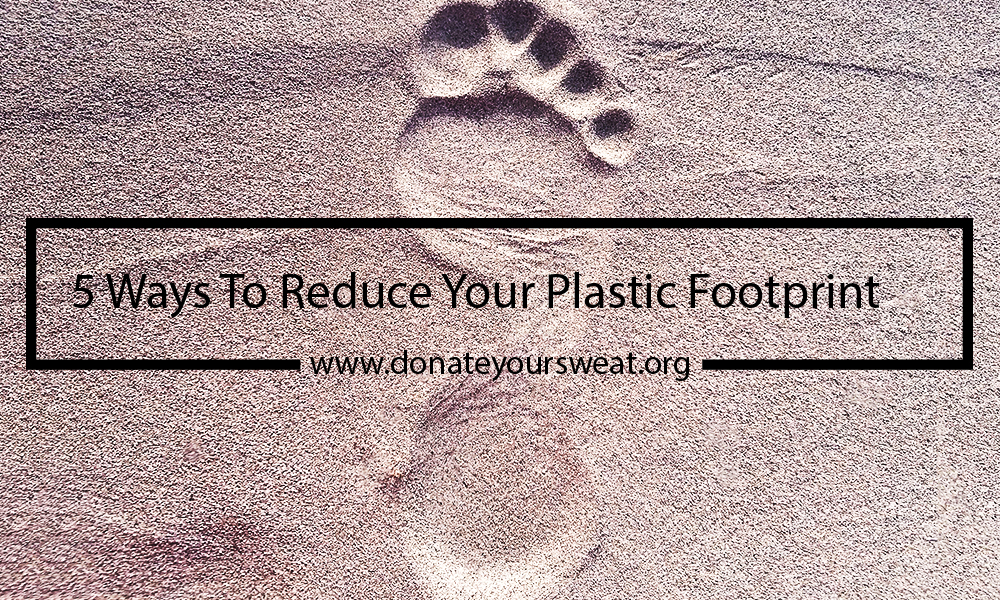5 Easy Ways Of Reducing Your Plastic Footprint

Like the carbon footprint helps us understand the quantity of carbon released in different ways, the plastic footprint enables us to visualise and quantify individuals’ contribution to the plastic trash pile. The manufacture, use, and disposal of things made out of plastic have a significant impact on our planet. Ultimately, it all boils down to choices made by individuals with respect to use and disposal of plastic. Therefore, we can do a lot to reduce our plastic footprint. Governments have started doing their part, for example, the plastic ban in Maharashtra.
How Can We Reduce Use of Plastic
There is no doubt about the fact environmental impact of plastic waste is real, but where to start? As the saying goes “Charity begins at home”, the best thing to do is to start with ourselves. The power of individuals to bring about a change should not be neglected. Here are a few ways to reduce plastic use and create the domino effect:
1. Use Reusable Containers
Carry your own insulated stainless steel tumbler which comes in handy for both cold and hot drinks. It is a greener option. Keep refillable water bottles handy so that you can avoid buying disposable water bottles. Do not buy food items packed in plastic containers. Opt for cardboard containers to those made of plastic, wherever possible. Reusable and non-reactive stainless bowls, plates, and boxes are available now and are not very expensive.
2. Store Food Non-plastic Containers
In grocery stores, you can find plastic storage containers, plastic wraps, and plastic bags of different sizes. Plastic containers are really a curse to our society. Actually, the risk of using plastic far outweighs the convenience it offers as they threaten the health of hormone and endocrine systems, oceans as well as marine life, and the environment. Fortunately, there are many ways of storing food without using plastic. These storage options cost less in the longer term, eliminate ingestion of harmful chemicals, and reduce waste in landfills, lakes, rivers, and oceans. The options include glass bottles, ceramic jars, and stainless steel containers.
3. Buy From Local Shops and Avoid Buying Food Packed In Plastic Material
Buy stuff from local shops as much as possible. Big shops often keep vegetables and fruits, groceries, and other items wrapped in plastic packing material. In local shops in India, you often find groceries stored in jute bags and stainless steel drums. Fruits and vegetables are displayed without any packing. If you carry your own bag, you can bring down the use of plastics.
4. Use Safe, Recyclable Plastics; Avoid Bad Plastics
PET and HDPE plastics do not leach chemicals that disrupt hormone levels or cause cancer. These types of plastics are often recycled. LDPE and PP plastics are hazardous during production. They may not leach chemicals, but are less recycled. Restrict the usage of bottles, containers, etc., made out of them. Avoid the use of PVC, polystyrene, and other plastics (typically poly-carbonate) because they contain carcinogens and hormone disruptors.
5. Opt For Natural Fibre Dress Material
Natural fibres include cotton, linen, silk, wool, jute, etc. Synthetic fabrics have plastic in them because chemically-derived fibres are polymerized to make fabrics. Polyester, rayon, and nylon are some of the commonly used synthetic fibres.
